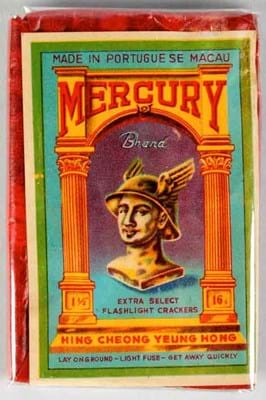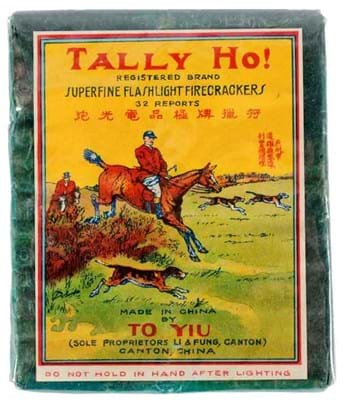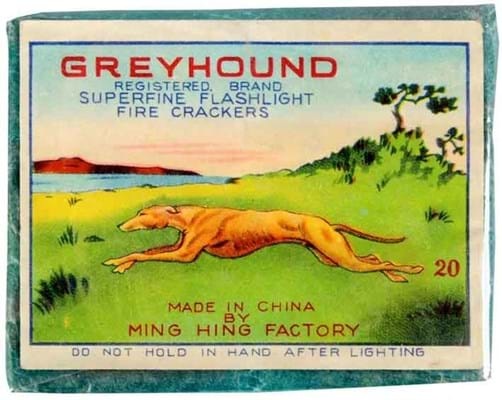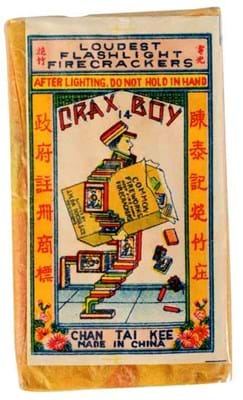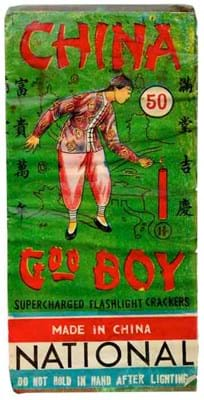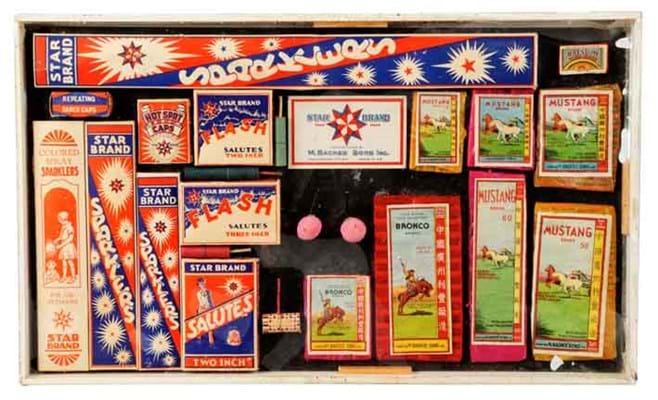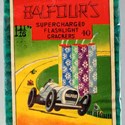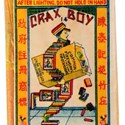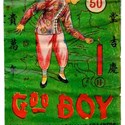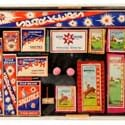A lifelong resident of Pottsville, Pennsylvania, and the owner of a local amusement machine business, he began collecting ephemeral but visually appealing firework packets in the early 1970s at the age of 10.
"I spotted a label on a pack where some boys were shooting off firecrackers. I picked it up and thought it was neat, so I started saving more labels the same way, looking for them where kids were shooting them off," he said.
At the time there was no organised group of collectors or publications devoted to the hobby. But 'pyromaniacs' - as these lovers of things that go pop and boom in the night like to call themselves - found each other through the small ads or would run into each other at antiques or toy fairs, associations that in time became a small trading group and then a collecting club.
Supply was difficult - and not just because it is illegal to sell fireworks in some states. It was, said Moyer, the internet that "opened up the whole hobby". With thousands of items in his arsenal from which to choose, in 2000 he co-authored the collecting tome Firecrackers - The Art & History.
But, last month, it was time to light the blue touch paper and retire.
Two weeks in advance of this year's Fourth of July celebrations, the George Moyer collection of antique and vintage fireworks, plus associated advertising posters, trade catalogues and consumer novelties, was sold in more than 1300 lots by Morphy's of Denver, Pennsylvania, on June 22-23.
England, India, China and the United States were the major producers/consumers of fireworks prior to 1960 (the cut-off date for most serious collectors).
Some of the earliest items contained in the collection were intact Chinese black powder firecrackers from the 19th century but - partly because vintage fireworks are usually defused to avoid legal tangles or fire hazard - it is labels rather than contents that really appeal.
The more colourful and exciting the graphics the better and, as with other areas of the advertising/toy market, the real money is in finding the example that was never used. It almost goes without saying that some of these cheap thrill 'penny packs', made in China for the English-speaking market, cost as little as one cent when first sold in the inter-War years.
The majority of packets and labels can be bought for under $200 but there were over 40 in the sale, embracing themes from sci-fi hero Buck Rogers to Niagara Falls, which sold for individual prices of $1000 or more.
They included a 40-piece pack of 'supercharged flashlight crackers' made in China for Balfour Guthrie & Co, San Francisco, with a depiction of open-wheel racers, sold at $3250 (£2165) and a packet of 32 Tally Ho! Firecrackers made in Canton by To Yiu and adorned with a scene of the hunt in the British countryside sold at $2750 (£1835). The sometimes unlikely and visually naive imagery only adds to their appeal.
A pack that may be the only one of its type contained 14 Crax Boy Loudest Flashlight Crackers. Executed in appealing primary colours, the label (it probably should have read Crazy Boy) featured a knock-off character nearly identical to one used extensively in the US at the time to advertise Whitman's Sampler confectionary. Instead of chocolates, this 'Crax Boy' delivers packets of fireworks. Estimated at $500-$1000, this pack was bid to $2500 (£1670).
As a whole, the collection totalled $365,000 (£243,335).
The buyer's premium was 20%.


